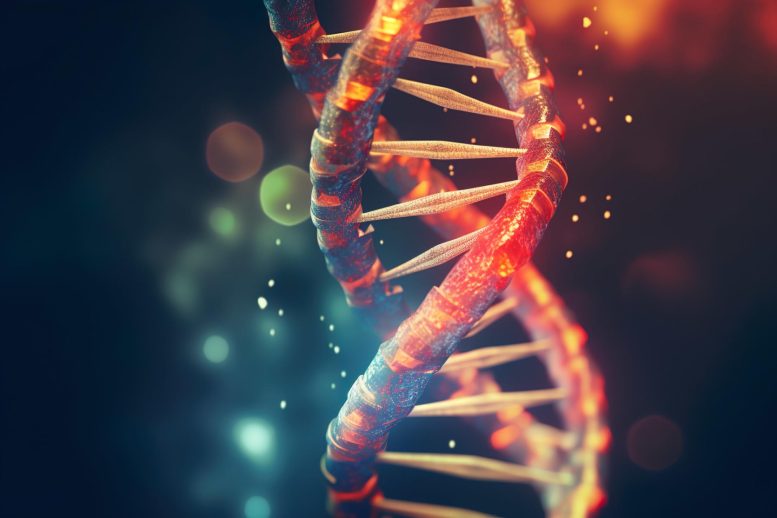
Using ancient DNA, researchers have traced the diverse origins of workers buried at Machu Picchu, revealing that they hailed from across the vast expanse of the Inca Empire. This study significantly enhances our understanding of the societal composition during the Inca Empire’s zenith.
Who lived at Machu Picchu at its height? New research, recently published in the journal Science Advances, leverages ancient DNA to unveil the origins of workers buried over half a millennium ago within the lost Inca Empire for the first time.
A team of researchers, including Jason Nesbitt, an associate professor of archaeology at Tulane University’s School of Liberal Arts, conducted genetic examinations on bodies buried at Machu Picchu. Their objective was to gather more information about the people who lived and worked there.
Machu Picchu is a UNESCO World Heritage Site located in the Cusco region of Peru. It is one of the most well-known archaeological sites in the world and attracts hundreds of thousands of visitors every year. It was once part of a royal estate of the Inca Empire.
Like other royal estates, Machu Picchu was home not only to royalty and other elite members of Inca society, but also to attendants and workers, many of whom lived in the estate year-round. These residents did not necessarily come from the local area, though it is only in this study that researchers have been able to confirm, with DNA evidence, the diversity of their backgrounds. “It’s telling us, not about elites and royalty, but lower status people,” Nesbitt said. “These were burials of the retainer population.”
This DNA analysis works in much the same way that modern genetic ancestry kits work. The researchers compared the DNA of 34 individuals buried at Machu Picchu to that of individuals from other places around the Inca Empire as well as some modern genomes from South America to see how closely related they might be.
The results of the DNA analysis showed that the individuals had come from throughout the Inca Empire, some as far away as Amazonia. Few of them had shared DNA with each other, showing that they had been brought to Machu Picchu as individuals rather than as part of a family or community group.
“Now, of course, genetics doesn’t translate into ethnicity or anything like that,” said Nesbitt of the results, “but that shows that they have distinct origins within different parts of the Inca Empire.”
“The study does really reinforce a lot of other types of research that have been done at Machu Picchu and other Inca sites,” Nesbitt said. The DNA analysis supports historical documentation and archaeological studies of the artifacts found associated with the burials.
This study is part of a larger movement in archaeology to combine traditional archaeological techniques with new technologies and scientific analyses. This combination of fields leads to a more complete understanding of the discoveries made.
Reference: “Insights into the genetic histories and lifeways of Machu Picchu’s occupants” by Lucy Salazar, Richard Burger, Janine Forst, Rodrigo Barquera, Jason Nesbitt, Jorge Calero, Eden Washburn, John Verano, Kimberly Zhu, Korey Sop, Kalina Kassadjikova, Bebel Ibarra Asencios, Roberta Davidson, Brenda Bradley, Johannes Krause and Lars Fehren-Schmitz, 26 July 2023, Science Advances.
DOI: 10.1126/sciadv.adg3377
The study was funded by the National Science Foundation, the German Scientific Foundation, the Albert’s Fund, and the President’s Office at Yale.


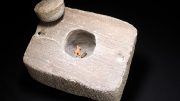

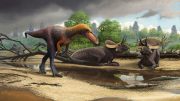
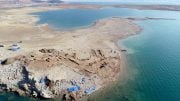
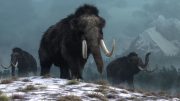
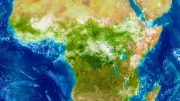
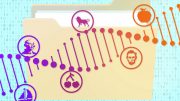
Be the first to comment on "The “Lost City of the Incas” – Ancient DNA Sheds Light on Machu Picchu’s Past"